1. Candlelit Evenings

Without electric lighting, evenings are lit by candles or oil lamps. This creates a calming, serene environment but requires careful planning for nighttime activities. The lack of artificial light contributes to their early-to-bed, early-to-rise routine.
2. No Electricity

Amish homes rely on natural light, gas lamps, and alternative energy sources. Without access to the electrical grid, daily routines are simplified but also limited by daylight. This lifestyle emphasizes a connection to nature and self-sufficiency.
3. Bare-Minimum Décor
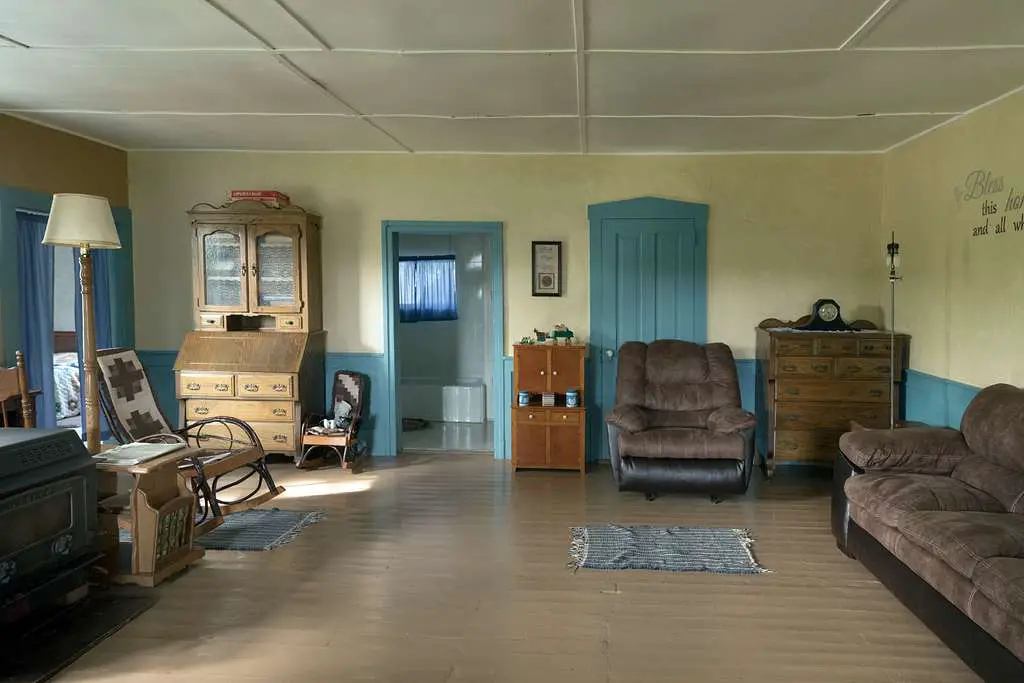
The interiors of Amish homes are clean and functional, avoiding any unnecessary embellishments. Decorations like family photos or colorful artwork are rare, as simplicity is a core value. Practicality and humility guide every design choice.
4. Handmade Furniture
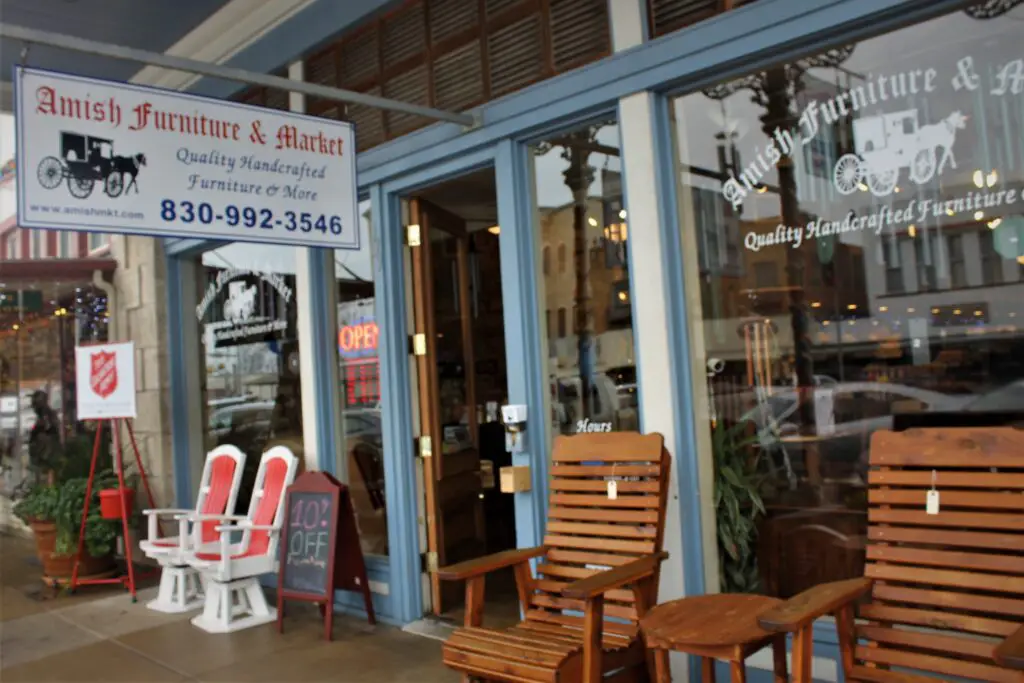
Most furniture in Amish homes is crafted by hand from solid wood. Pieces are designed to be sturdy and long-lasting, often passed down through generations. The craftsmanship reflects the Amish emphasis on quality over quantity.
5. Separate Kitchens for Baking
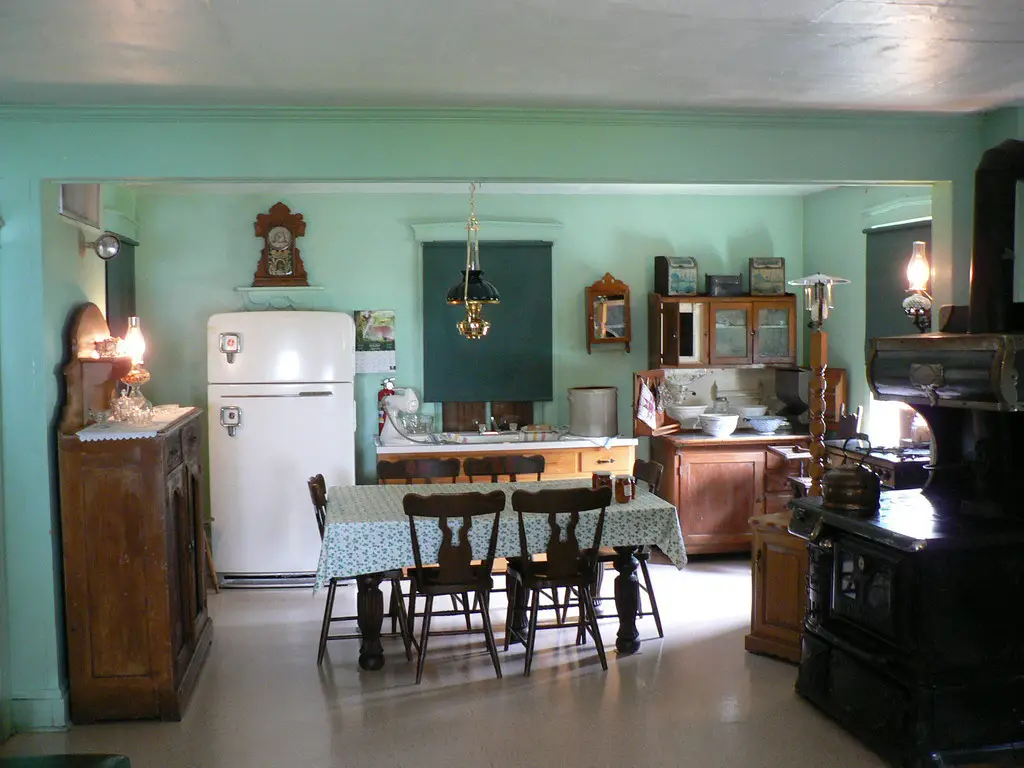
Some Amish homes include a second kitchen specifically for baking and preserving food. These spaces are equipped with wood-fired stoves and plenty of counter space for large-scale cooking. This feature supports their tradition of preparing food in bulk for families and community events.
6. No Televisions or Phones

Entertainment and communication devices like TVs, phones, and computers are absent. Instead, Amish families spend time reading, playing games, or socializing face-to-face. This fosters a strong sense of community and family bonds.
7. Outdoor Bathrooms Are Common
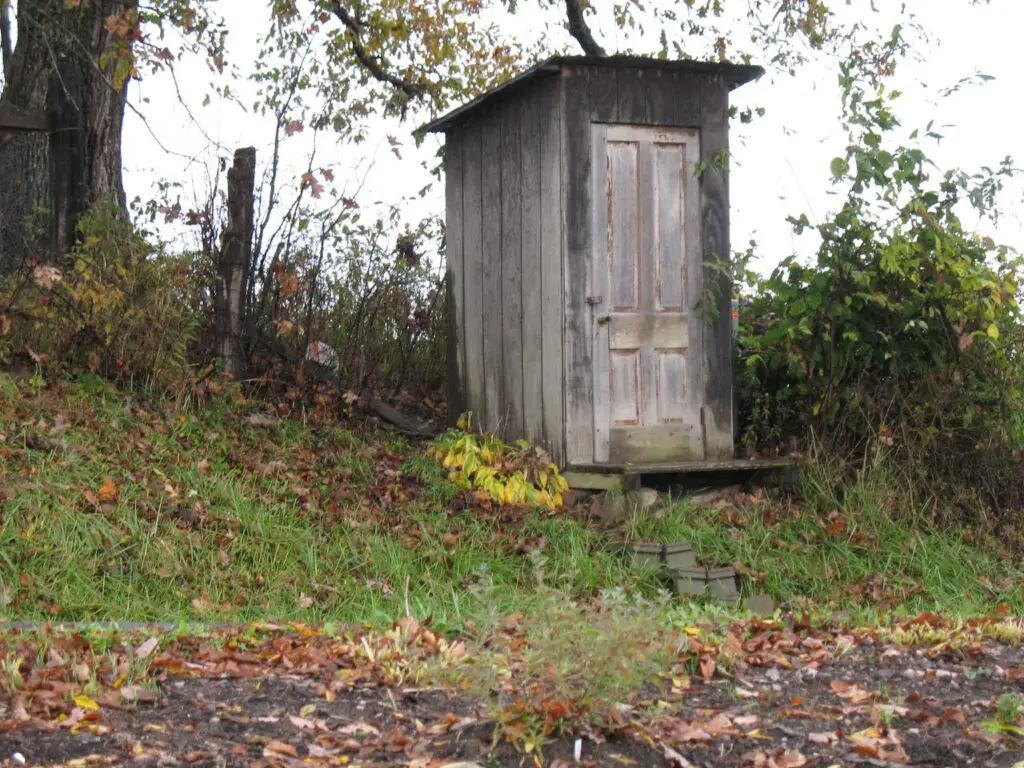
While some modern Amish homes have indoor plumbing, many still use outhouses. This traditional approach reduces reliance on modern utilities and fits their frugal lifestyle. Maintaining these facilities is a part of everyday life.
8. Work Spaces Double as Living Areas
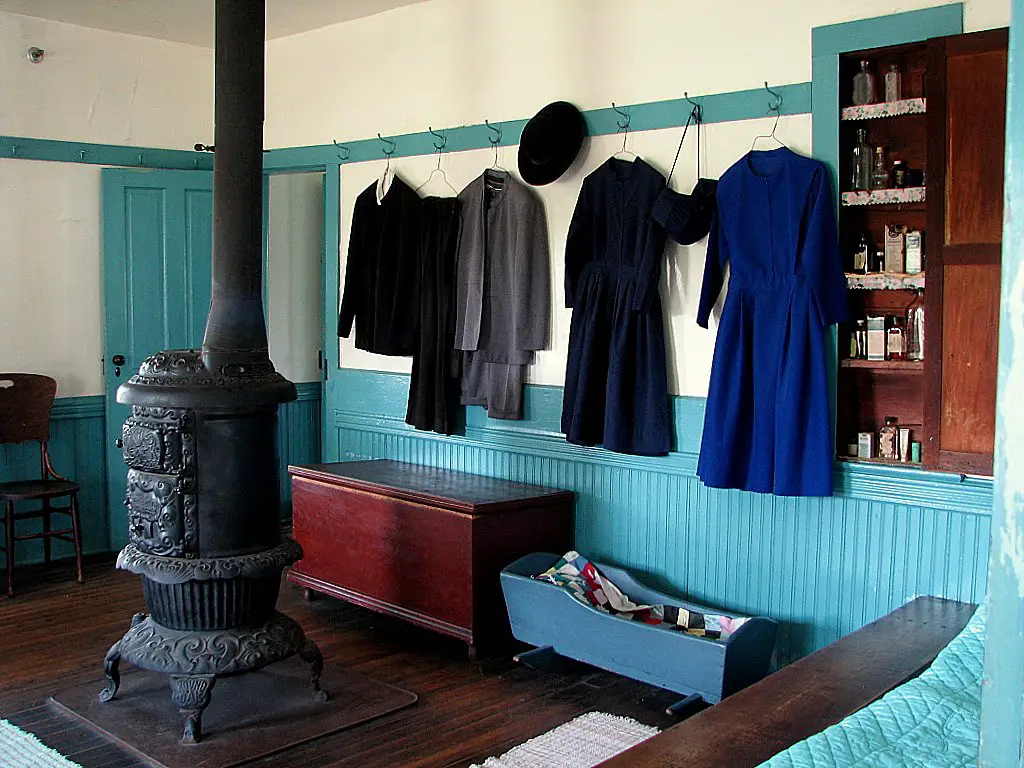
Homes are designed to accommodate work, such as sewing, quilting, or crafting furniture. Living rooms often feature large tables or workstations instead of purely decorative furniture. This multifunctional approach reflects the Amish value of productivity.
9. Plain Clothing Closets
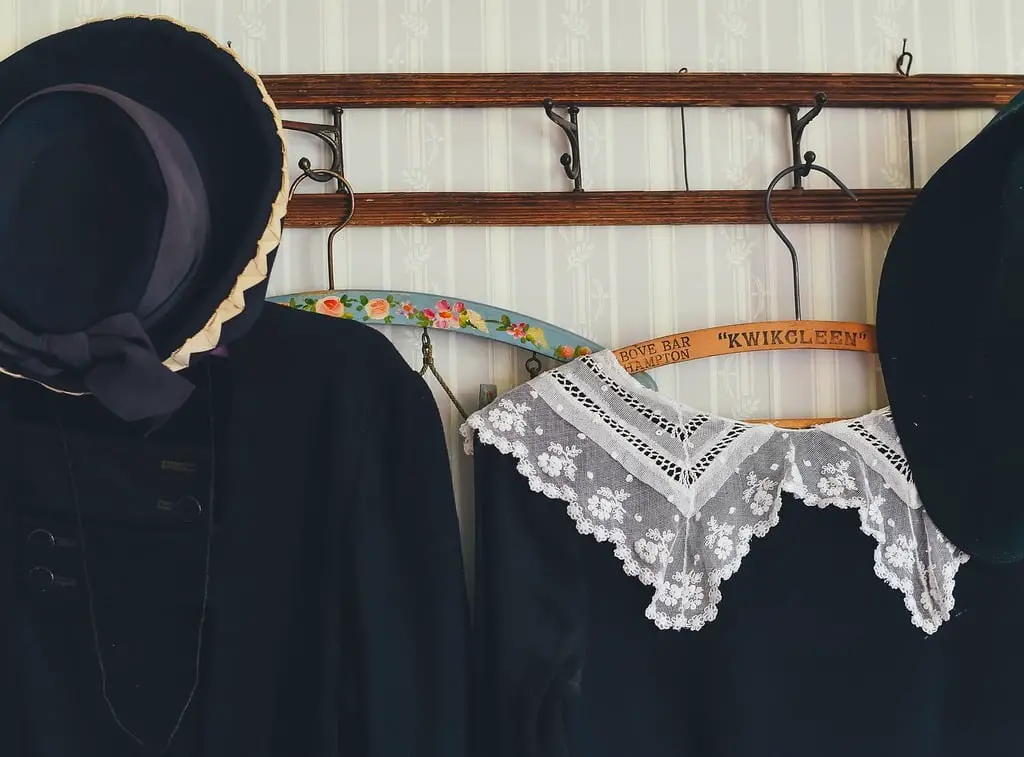
Amish homes lack wardrobes filled with trendy fashion; instead, clothes are handmade and modest. Simple dresses, aprons, and hats dominate, with few options beyond daily wear and church attire. Closets emphasize practicality over personal expression.
10. Community-Focused Kitchens
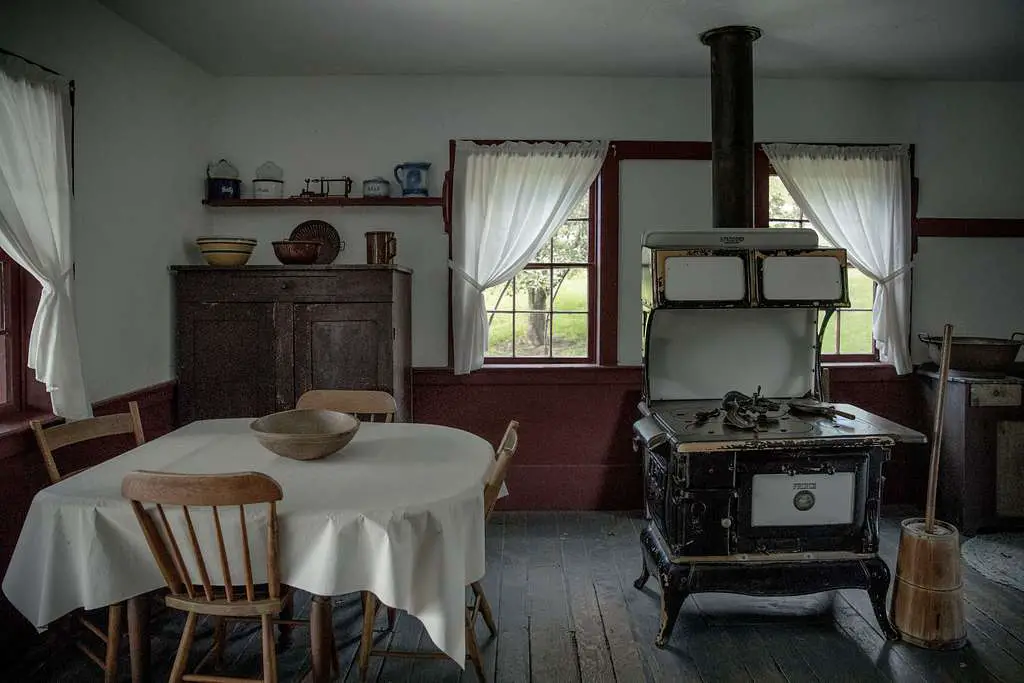
Kitchens are often designed to host large gatherings, with oversized dining tables and plenty of chairs. Sharing meals with family and neighbors is a cornerstone of Amish life. These spaces reflect their communal and welcoming culture.
11. No Air Conditioning

To combat summer heat, Amish homes rely on cross-ventilation, shade trees, and natural cooling techniques. Ceiling fans or portable fans powered by alternative energy may also be used. The absence of air conditioning encourages a focus on adapting to the seasons.
12. Functional, Not Stylish Bedrooms
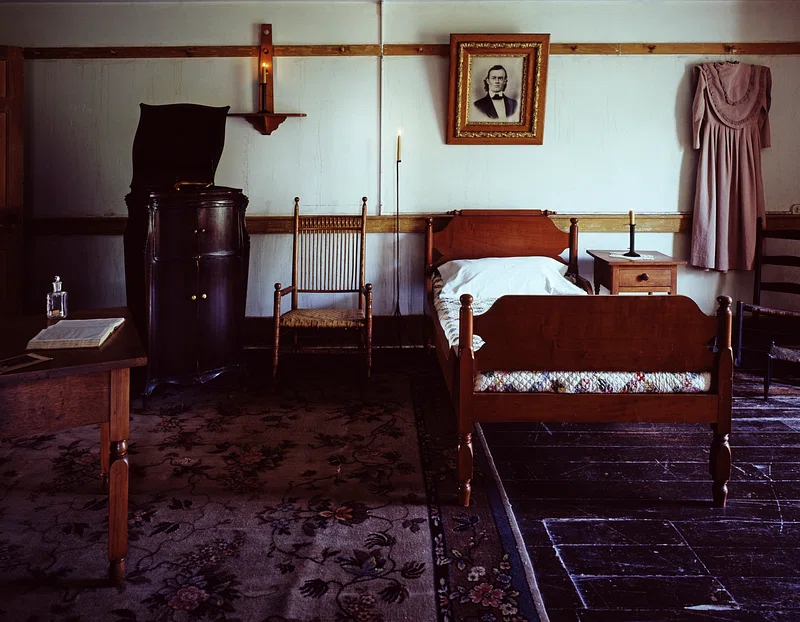
Bedrooms are simple, with handmade quilts, wooden beds, and minimal furnishings. There’s no focus on aesthetics, as the space is solely for rest. The sparse setup promotes a clutter-free and serene sleeping environment.
13. Separate Basements for Canning

Amish homes often have basements dedicated to storing canned goods and produce. Rows of neatly labeled jars showcase their dedication to self-sufficiency and food preservation. This space ensures families have ample supplies through the winter months.
